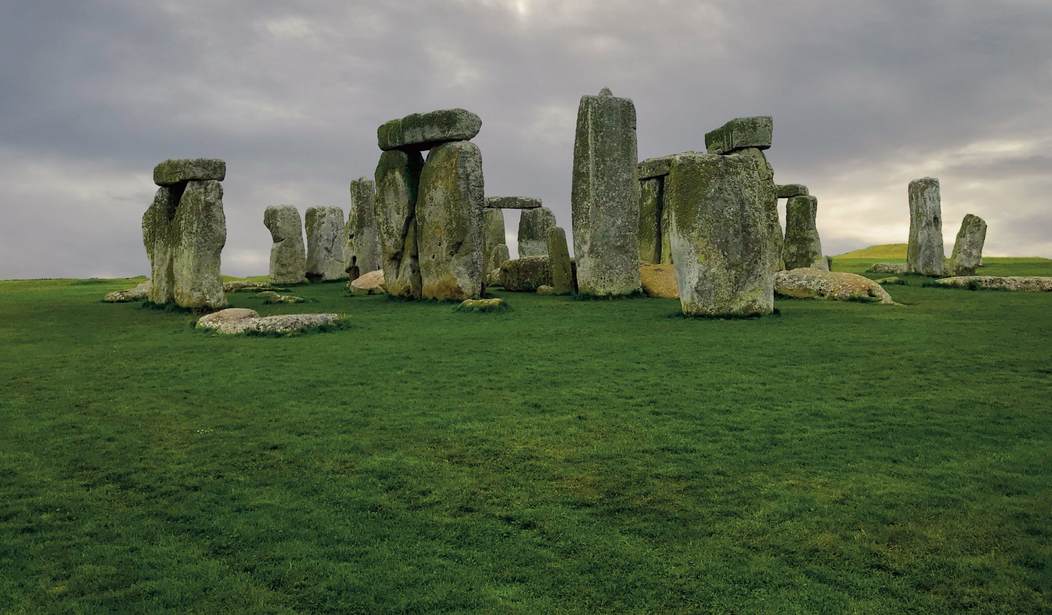The Scotsman reports that traces of two structures recently radiocarbon dated to 6,000 years ago have been uncovered in eastern Scotland, according to Ronan Toolis of GUARD Archaeology. The larger one, which was used for around 500 years, is thought to be the largest known Neolithic hall in Britain. Early farmers are believed to have used the buildings as living and food processing quarters, and may even have sheltered animals in them as well. The smaller of the two halls, Toolis said, was occupied for 1,000 years, and may eventually provide new insights into Scotland’s early farming communities. Smaller structures and pits in use during the same period were found around the two halls. Around 2,000 years after the smaller building went out of use, a village was built on the site. It yielded a bronze sword, a wooden sword sheath, and a bronze bangle, Toolis added.
The Neolithic Period came at the end of the Stone Age and roughly coincides with the development of agriculture as humans became less nomadic. Many impressive structures were built during this period, including the granddaddy of them all, Stonehenge in England (above). Stone structures were also used to mark grave sites: the famous Poulnabrone dolmen near my home in County Clare, Ireland, is the second most visited site in the Burren, a rocky region best known for the Cliffs of Moher. As you can see, we’ve got plenty of rocks:
The Celtic isles brim with such structures, many of them still lying hidden beneath the landscape. But from such a culture emerged the origins of Western civilization. These stones may not be able to speak, but they remind those of us who live near them of the way we were, and how far we’ve come.










Join the conversation as a VIP Member